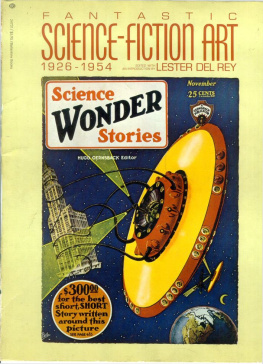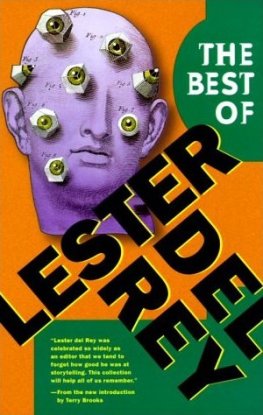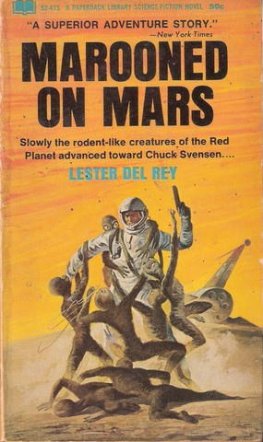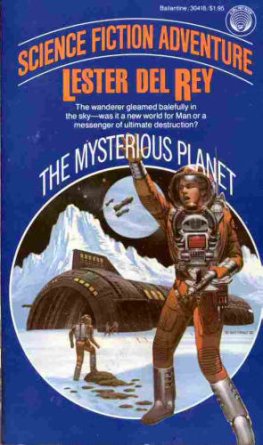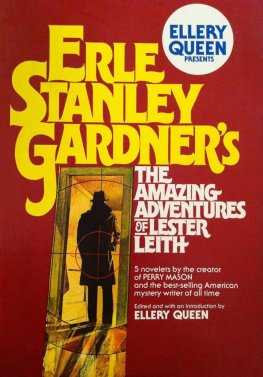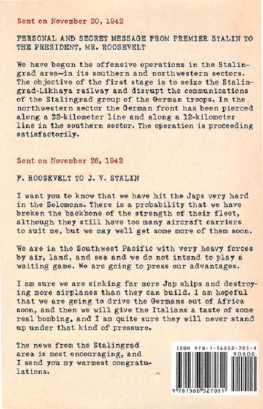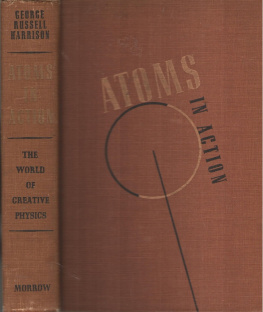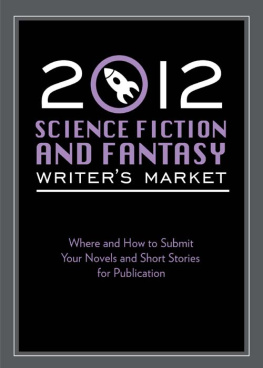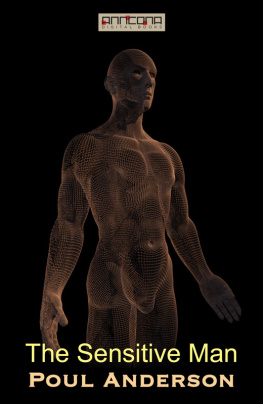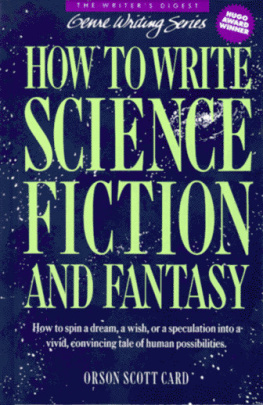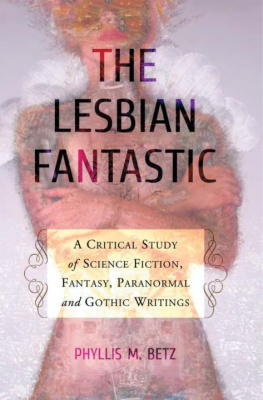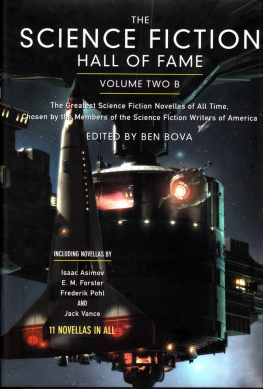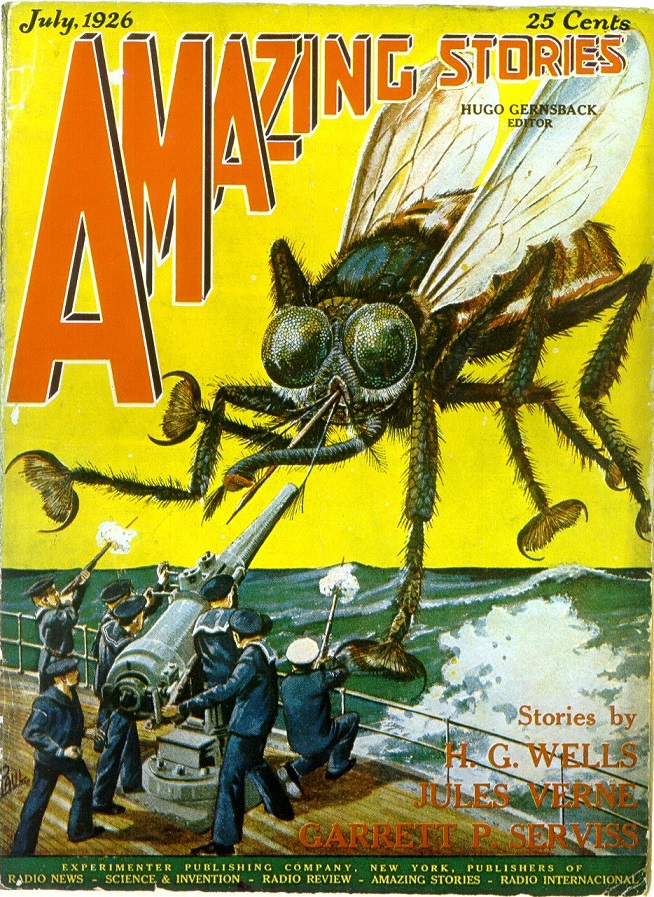Lester del Rey - Fantastic Science-Fiction Art 1926-1954
Here you can read online Lester del Rey - Fantastic Science-Fiction Art 1926-1954 full text of the book (entire story) in english for free. Download pdf and epub, get meaning, cover and reviews about this ebook. publisher: Ballantine Books, genre: Art. Description of the work, (preface) as well as reviews are available. Best literature library LitArk.com created for fans of good reading and offers a wide selection of genres:
Romance novel
Science fiction
Adventure
Detective
Science
History
Home and family
Prose
Art
Politics
Computer
Non-fiction
Religion
Business
Children
Humor
Choose a favorite category and find really read worthwhile books. Enjoy immersion in the world of imagination, feel the emotions of the characters or learn something new for yourself, make an fascinating discovery.
- Book:Fantastic Science-Fiction Art 1926-1954
- Author:
- Publisher:Ballantine Books
- Genre:
- Rating:3 / 5
- Favourites:Add to favourites
- Your mark:
Fantastic Science-Fiction Art 1926-1954: summary, description and annotation
We offer to read an annotation, description, summary or preface (depends on what the author of the book "Fantastic Science-Fiction Art 1926-1954" wrote himself). If you haven't found the necessary information about the book — write in the comments, we will try to find it.
Series: Fantastic Science-Fiction Art
By: Lester Del Rey
Cover Art: Frank R. Paul
ISBN 10: 0345247310
ISBN 13: 9780345247315
SBN: 345247310595
ISFDB Publication Record # 243073
Canadian National Catalogue (AMICUS) Number: 627776
OCLC Number: 1993636
OCoLC: 707577469
Library of Congress Catalogue Card Number: 75333115
Publisher: Ballantine Books, a Division of Random House (1975)
__________________________________________________
Uploaders Notes:
Scan > PDF > Epub with Acrobat Pro/ABBYY Transformer/Sigil
Spellchecked Formatted
Validated with ADE, Sumatra & Browser
__________________________________________________
Introduction by Lester del Rey
The title Fantastic Science-Fiction Art: 1926-1954 should tell you whats inside the covers. Writer Lester Del Rey, in an extended introduction, tells you a little of the history of the early SF American pulp magazines but focuses on the cover artists who encouraged the sales. Del Rey points out that unlike other magazine covers, there was no template for SF mags and the artists had to find their own way as to what became the key selling points beyond being a little, shall we say, fantastic.
Initial artists like Frank R. Paul relied far more on technology but when you consider that he works for Hugo Gernsback that shouldnt be surprising. This book is a sampling of the art from not only Frank R. Paul, but also the likes of Leo Morey, Earle K. Bergey, Robert Fuqua, Howard V. Brown, Hubert Rogers and, of course, Frank Kelly Freas. del Rey points out that with only three colour plates and not even a separate black, often the covers looked a little washy. As the covers paintings here are shown on the actual covers, including the odd wear and tear, although thats mostly the odd wrinkle, youre actually seeing a bit of history.
Back in 1975, books such as this followed a particular formula with art on the right page and the credit on the left page and a lot of wasted space which could have been used for more pictures. However, the pictures are of a respectable size and one to page so less distraction. If you have a liking for early SF cover art then adding one of these books to your collection isnt a bad idea, even if its only for the Kelly Freas famous covers of the robot with the bleeding human in its hands or the green alien looking through the keyhole as they were in print.
Lester del Rey: author's other books
Who wrote Fantastic Science-Fiction Art 1926-1954? Find out the surname, the name of the author of the book and a list of all author's works by series.

